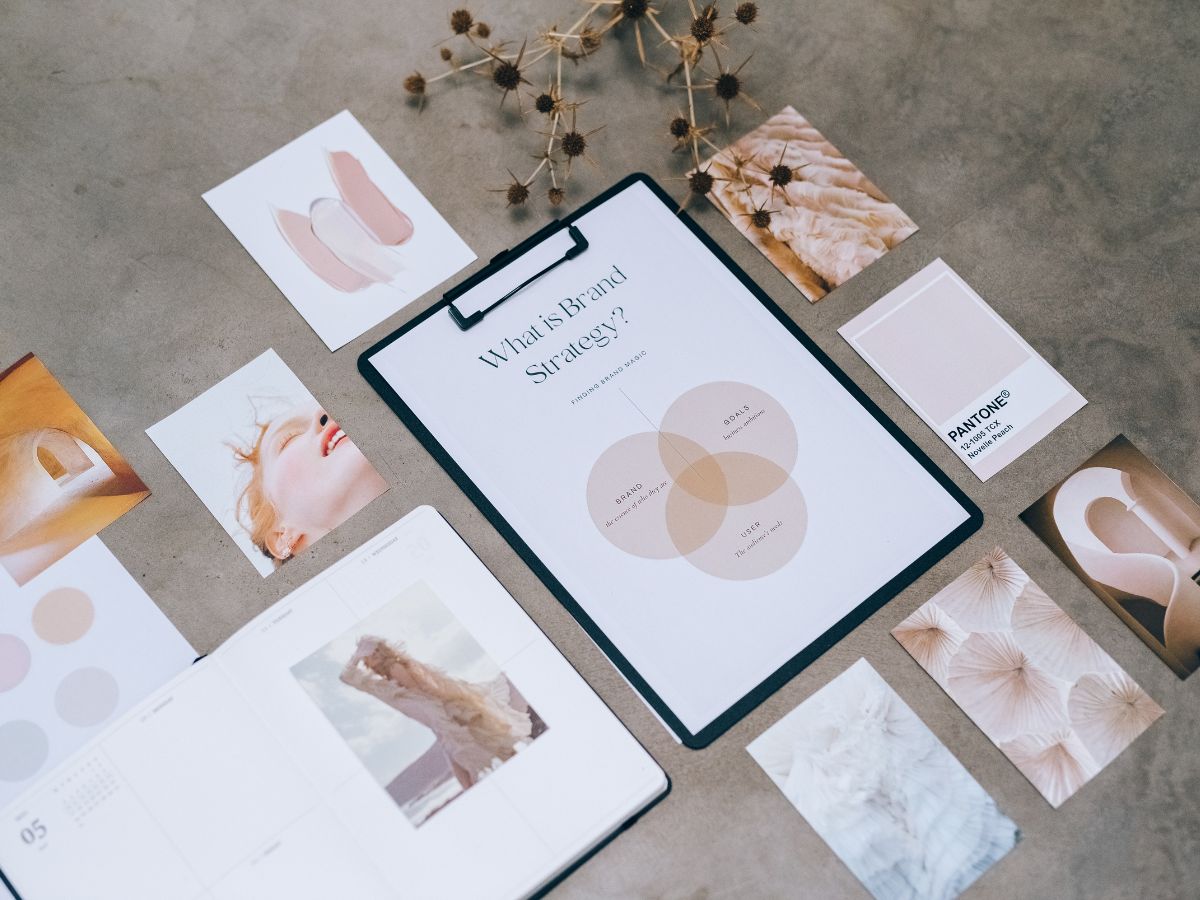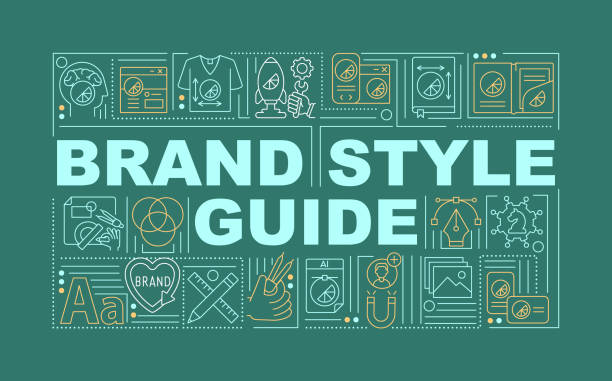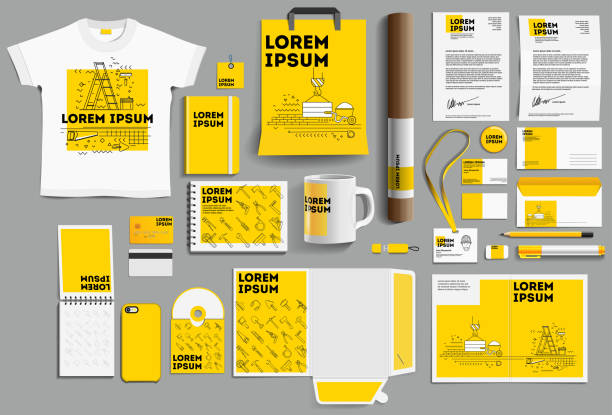Small Business Branding Basics
If you’ve ever wondered how to build a brand for your small business, look no further. This guide covers the basics of what it takes to establish yourself as a trusted brand, including defining who you are and what you do, understanding your target audience, and creating a visual representation of your business.
Table of Contents
Define who you are and what you do
Defining your business is vital to the success of your brand. Before you can start branding, you need to know what exactly you’re branding. This is commonly referred to as defining or envisioning the purpose of your business—what problem are you solving?
To find this answer, consider:
What do people say when they describe what they like about my work?
If someone was trying to convince a friend or family member why they should use my services (or buy my product), what would that person say about me?
Usually, the answer will fall into one of these categories:
- “I’m an expert in X” (expertise).
- “My product Y is better than other products out there” (value proposition).
- “People care about me because I make them feel good/happy” (emotion).
Understand your target audience
Who do you want to reach?
What are their needs and wants, and how can you speak to them in a way that helps them see the value of your product or service?
Have a consistent brand voice

Your brand voice is the personality of your company.
It’s how you talk and sound, and it can be expressed through your website, social media channels, email marketing campaigns, blog posts, and more.
Consistency is key! If you want to build a strong relationship with your customers and prospects, they need to recognize what to expect from you whenever they interact with your brand.
A single person should write all of these communications in order for them to feel consistent across different platforms.
If possible, hire an experienced copywriter who understands the nuances between business-to-business (B2B) language versus consumer-facing writing styles—and make sure that person stays onboard long enough so that clients get used to their style!
Create a visual representation of your business
Once you’ve got your business name and tagline established, the next task will be to create a visual representation of your business. This is where things get fun!
You can start by selecting a logo. A logo is an important part of any brand because it visually represents what the brand stands for. It will be used on every piece of marketing material you produce, so choose wisely!
For example, if you’re selling accounting services and have an accountant in your logo, that might not make sense for other types of services like yoga classes or property management companies.
Once you have a logo in place, it’s time to think about branding colors: these are usually two-three colors used on all marketing materials (think about how Coca-Cola uses red).
Once again: choose wisely! The wrong color scheme can turn people off immediately before they even read what it says on the page—so take some time with this step and make sure it matches your overall mission statement.
Build authority through customer testimonials

You should always have some kind of customer testimonials on your site, even if it’s just one or two. A great way to build authority and credibility is through customer reviews and success stories.
These are also great resources for other businesses that are trying to decide whether they want to hire you, or even take the time to read about what you offer before reaching out.
To get them, simply ask! Sometimes people will be happy to share their experiences with you in exchange for free products or services in return.
You could also offer discounts on future purchases after every completed project if someone agrees to give feedback about their experience working with you.
If all else fails, at least mention how many years of experience you’ve had doing business online so far so that prospective customers know that their job won’t be handled by someone who doesn’t know what he/she’s doing.
Make sure the right people can find you
Your website is your business’s most important digital asset, and you should make sure it is user-friendly and mobile-friendly. It should also be easy to find on search engines.
A well-designed website will give people the information they want so that they can contact you or learn more about what you do.
When designing a website, keep these tips in mind:
- Make sure it has an easy-to-understand layout.
- Include photos of what your products look like (or videos).
- Use clear language that doesn’t confuse visitors.
Conclusion
With these branding basics in mind, you can start to work on your small business brand and give it the foundation it needs. Remember that it’s a process, not a one-time thing. You’ll want to keep working on your brand over time because it will evolve as you grow and change. If something isn’t working for you anymore, then change it! It may take some time before you get where you want to go but in the long run, all your efforts will be rewarded.













